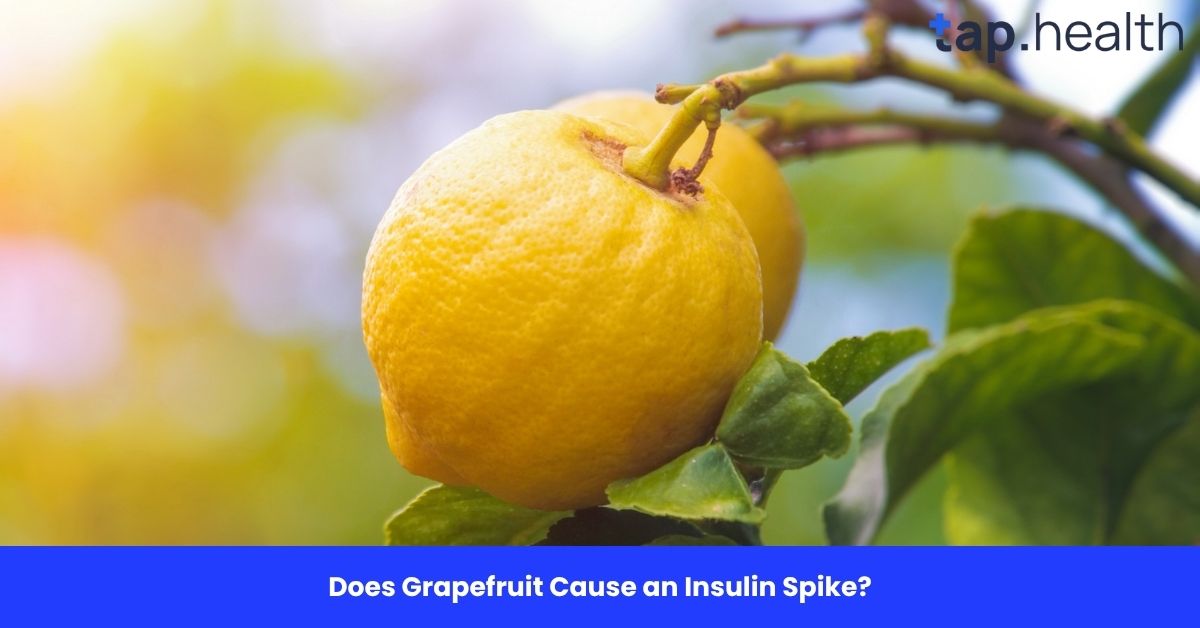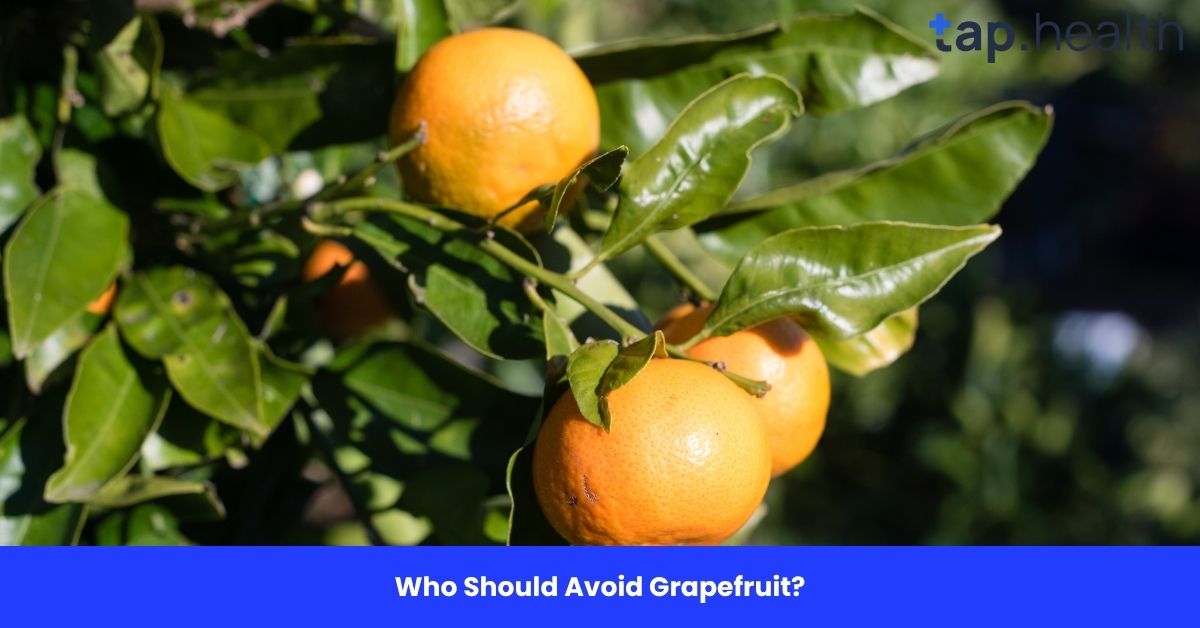Kachori is a popular Indian snack that is loved for its crispy exterior and flavorful, spicy filling. It is often enjoyed as a snack or part of a meal, particularly during breakfast or tea time. However, if you’re watching your calorie intake, you might wonder, how many calories are in one kachori?
In this article, we will break down the calorie content of one kachori, explore its nutritional value, and give you practical tips on how to enjoy this delicious snack while staying healthy. From the type of filling used to portion sizes, we’ll cover everything you need to know about kachori and how it fits into a balanced diet.
What is Kachori?
Kachori is a deep-fried pastry typically made from wheat flour dough and filled with various ingredients such as spiced lentils, potatoes, peas, or even meat. The outer shell is crisp and golden brown, while the filling inside is often spicy and savory. Kachoris are widely consumed in India and other South Asian countries, where they are served with chutneys or yogurt.
There are different variations of kachori, including:
- Pyaaz Kachori: Filled with spiced onions.
- Methi Kachori: Filled with fenugreek leaves and spices.
- Dal Kachori: Filled with spiced lentils.
- Aloo Kachori: Filled with spiced potatoes.
Each variation may have slightly different calorie contents depending on the ingredients and the size of the kachori.
How Many Calories Are in One Kachori?
The calorie content of one kachori depends on the size, type of filling, and the amount of oil used for frying. On average, a standard-sized vegetable kachori (around 50-70 grams) contains approximately 150-200 calories. Here’s a breakdown based on different types of kachori:
- Vegetable Kachori (50-70 grams): Around 150-200 calories
- Dal Kachori (50-70 grams): Approximately 180-220 calories
- Aloo Kachori (50-70 grams): Roughly 170-210 calories
- Pyaaz Kachori (50-70 grams): Typically 160-190 calories
These estimates assume a standard-sized kachori with a typical filling and deep-fried in oil. The calorie count can vary depending on the amount of oil used and the size of the kachori.
Calorie Breakdown for Common Kachori Variants:
- 1 piece of Dal Kachori: ~ 180 calories
- 1 piece of Aloo Kachori: ~ 170 calories
- 1 piece of Pyaaz Kachori: ~ 160 calories
- 1 piece of Methi Kachori: ~ 150 calories
Keep in mind that these are average figures and can vary depending on the recipe and preparation method.
What Affects the Calorie Content of Kachori?
Several factors can influence the number of calories in a kachori. Understanding these factors will help you make healthier choices when consuming this snack.
1. Filling Type
The filling of the kachori plays a significant role in its calorie content. For example:
- Aloo Kachori: Potatoes are starchy and relatively high in calories, so potato-filled kachoris tend to have more calories compared to those filled with vegetables like peas or spinach.
- Dal Kachori: Lentils are high in protein and fiber, which can make dal kachoris slightly higher in protein but also contribute to the calorie count.
- Pyaaz Kachori: Onions are low in calories, so onion-filled kachoris are generally on the lower end of the calorie spectrum.
2. Size of the Kachori
The size of the kachori is a major factor. Larger kachoris naturally contain more dough and filling, which increases their calorie content. If you’re buying kachoris from a vendor, you may notice that they vary in size, so keep in mind that a larger kachori will have more calories.
3. Frying Method
The oil used for frying kachoris contributes significantly to their calorie content. Kachoris are deep-fried, meaning they absorb oil during the cooking process. The amount of oil absorbed depends on the frying time, temperature, and size of the kachori. Kachoris fried in oil at a high temperature may absorb more oil, leading to a higher calorie count.
4. Ingredients and Additives
Additional ingredients like ghee (clarified butter) or sugar in the filling can also increase the calorie content. Some vendors may add extra sugar or fat to enhance the flavor, which will naturally increase the calorie count.
Nutritional Benefits of Kachori
While kachori is often seen as a high-calorie indulgence, it can still offer some nutritional benefits, especially when made with whole grains and healthy fillings. Here’s a closer look at the nutrition profile of a typical kachori:
1. Rich in Carbohydrates
Kachori is primarily made from wheat flour, which is high in carbohydrates. Carbohydrates are the body’s primary source of energy, making kachori a quick source of fuel. The complex carbs in whole wheat flour are slower to digest, providing sustained energy.
2. Provides Protein
Kachori fillings like dal (lentils) or peas provide a good source of plant-based protein. Protein is essential for building and repairing body tissues, especially muscle tissue. For instance, dal-filled kachoris are a great vegetarian source of protein.
3. Contains Healthy Fats (in Moderation)
While kachoris are deep-fried, some fillings like nuts or seeds can provide healthy fats. If made with minimal oil or ghee, kachoris can offer a moderate amount of unsaturated fats, which are beneficial for heart health.
4. Packed with Fiber
Depending on the filling, kachoris can also be a good source of dietary fiber. Fiber aids in digestion, helps regulate blood sugar levels, and keeps you feeling full longer. Lentil-filled or vegetable-filled kachoris typically have higher fiber content.
5. Vitamins and Minerals
Kachoris that are filled with vegetables like peas or spinach provide vitamins and minerals, including vitamin A, vitamin C, iron, and potassium. These nutrients are essential for overall health and support immune function, bone health, and heart health.
How to Enjoy Kachori Healthily
If you love kachori but want to keep your calorie intake in check, here are some tips for enjoying it in a healthier way:
1. Control Portion Size
While it’s easy to overeat with kachoris, it’s important to control your portion sizes. Stick to one or two small kachoris as a snack or part of a meal. This will help you enjoy the flavors without consuming too many calories.
2. Bake Instead of Fry
Instead of deep-frying kachoris, consider baking them to reduce the amount of oil used. Baking will cut down on the calories from fat and still give you that crispy texture.
3. Choose Healthier Fillings
Opt for kachoris with healthier fillings such as lentils, peas, or vegetables like spinach, carrots, and onions. These fillings provide fiber and protein without excess calories.
4. Pair with Healthy Sides
To balance out the calories from kachoris, pair them with lighter, nutrient-dense sides. For example, you can serve kachoris with a side of cucumber salad or a small serving of yogurt to boost protein and add freshness to your meal.
5. Limit Fried Snacks
While kachoris are delicious, they are deep-fried and calorie-dense. To keep your diet balanced, limit fried snacks like kachoris to occasional treats rather than daily indulgences.
FAQs: How Much Calories in One Kachori?
1. How many calories are in one kachori?
On average, one vegetable kachori (about 50-70 grams) contains approximately 150-200 calories. The exact number may vary depending on the size and type of filling used.
2. Are kachoris good for weight loss?
Kachoris are high in calories and fat due to the frying process, making them less ideal for weight loss. However, they can be enjoyed in moderation as part of a balanced diet. Opt for smaller portions and healthier fillings to keep the calorie count in check.
3. Can I make kachori healthier?
Yes, you can make kachori healthier by baking it instead of frying it, using whole wheat flour, and opting for filling options like lentils, peas, or vegetables. You can also reduce the amount of oil used in the preparation.
4. How many calories are in a small kachori?
A small kachori (about 30-40 grams) typically contains around 120-150 calories depending on the size and filling.
5. Is kachori a good source of protein?
Kachori can be a good source of protein, especially if filled with lentils or peas. A typical dal kachori provides a decent amount of plant-based protein along with fiber and other nutrients.
Conclusion
Kachori is a flavorful and popular snack, but it’s important to be mindful of its calorie content, especially if you’re trying to manage your weight. On average, one kachori contains 150-200 calories, with the exact amount depending on the size and filling. While kachoris are calorie-dense, they can still be part of a balanced diet if enjoyed in moderation. By opting for healthier fillings, controlling portion sizes, and experimenting with baking instead of frying, you can enjoy this tasty snack without compromising your health goals.


